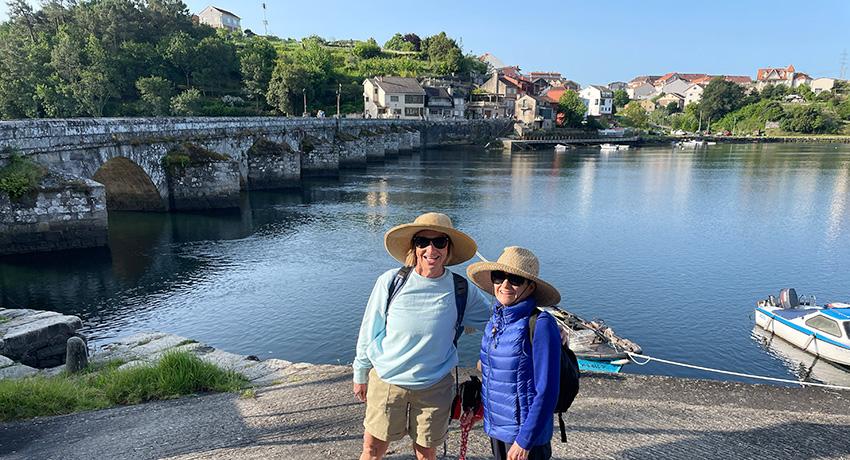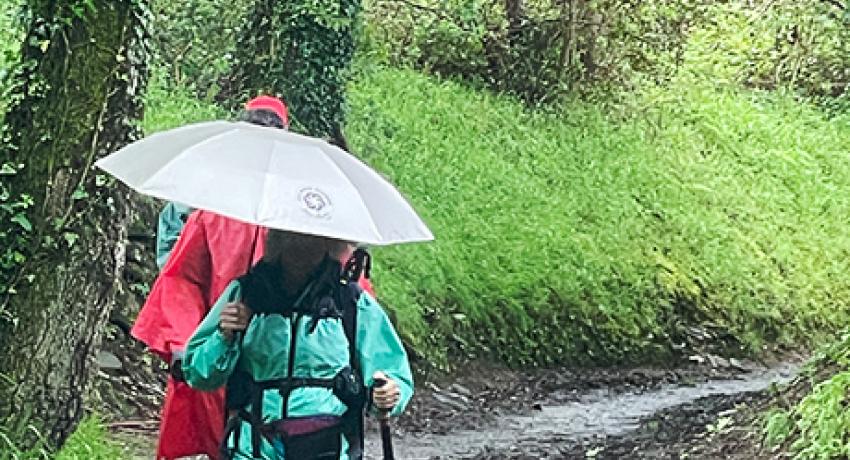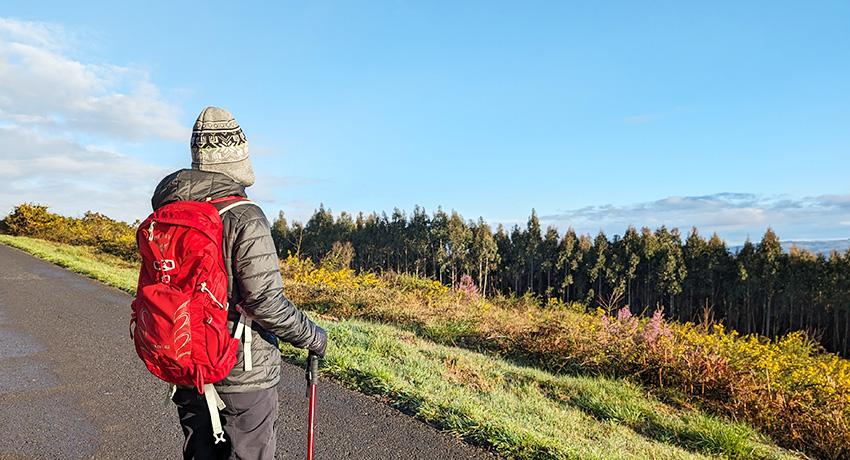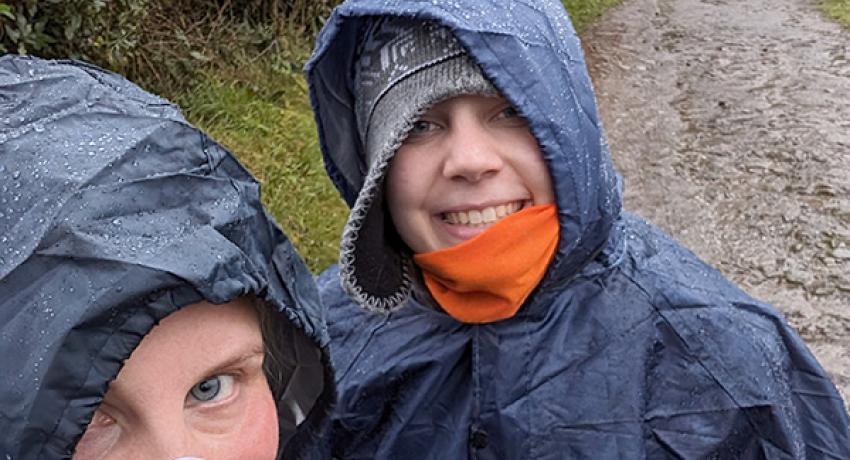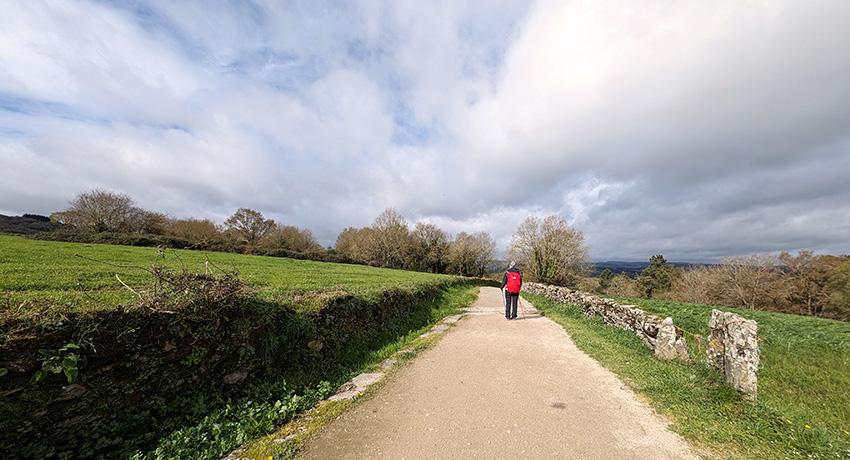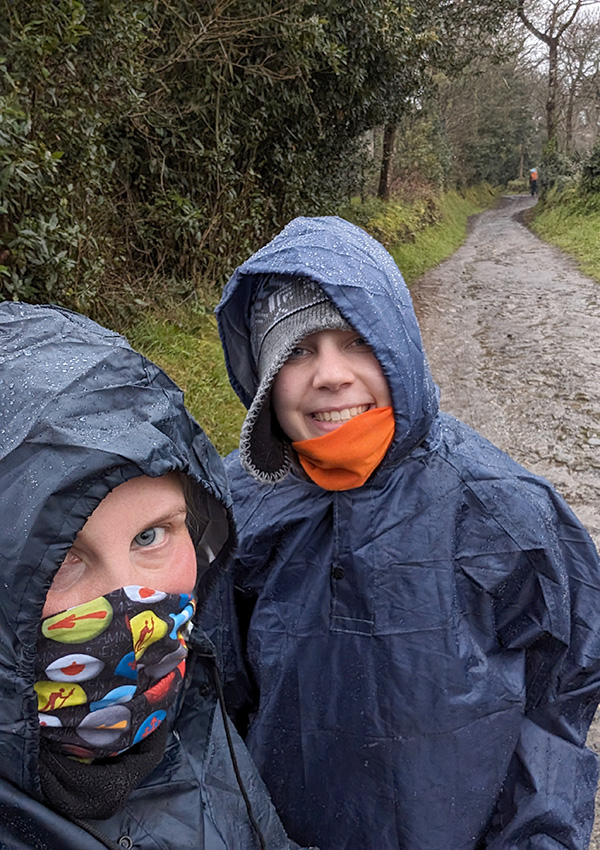Best time to walk el Camino
Embarking on the Camino de Santiago is a journey like no other, and choosing the best time to go can elevate your experience. One of the first things pilgrims consider is when to embark on this unforgettable journey. Weather along the Camino can significantly shape your experience, with each season presenting unique challenges and rewards. However, as seasoned pilgrims and travelers know, weather can be unpredictable—especially in recent years with noticeable climate shifts.
So, while we can’t guarantee perfect conditions, this guide will help you choose the best time to travel on the Camino’s most popular routes: the French Way (Camino Francés) and the Portuguese Way (Camino Portugués).
Understanding Camino Weather Patterns
The Camino de Santiago traverses diverse landscapes that stretch across mountains, coastline, farmland, and vineyards. With these terrains come varying climates. Northern Spain, for example, is influenced by the Atlantic Ocean, often bringing rainier conditions, especially in Galicia, where all Camino routes to Santiago eventually meet. In contrast, the interior and southern areas experience warmer, drier Mediterranean conditions.
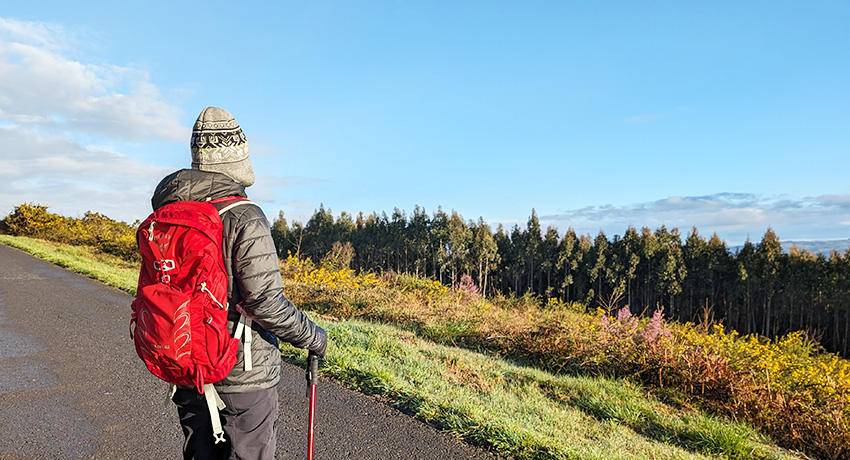
However, weather patterns are shifting these days, making it harder to rely on traditional seasonal norms. Many pilgrims report unexpected rain in typically dry months and unseasonably warm or cold days, even during ideal walking times. Flexibility and preparation are essential on the Camino, as weather can change quickly and without much warning.
Camino Francés: Best Time and Weather Insights
The French Camino, which stretches roughly 800 kilometers (500 miles) from Saint-Jean-Pied-de-Port in France to Santiago de Compostela, is the most traveled route. Here’s a season-by-season breakdown for this route:
- Spring (March to May): Spring brings a beautiful bloom to the Camino Francés, with the landscape coming alive with wildflowers and fresh greenery. April often starts with cool, crisp mornings that gradually warm up in the afternoons, making layering essential for comfort throughout the day. This month can still bring rain, especially in the mountainous regions, so waterproof gear is advised. May, one of the Camino’s busiest months for US visitors, has warmer days and generally more stable weather, drawing these larger crowds. With May’s popularity, you’ll likely encounter many fellow pilgrims and will need to plan accommodations in advance.
- Summer (June to August): While summer offers extended daylight hours and generally dry days, June and July are surprisingly less crowded than May and September. Despite the high temperatures, especially on the central meseta, some pilgrims enjoy these months for the warmer weather and the lower crowd levels. Since these are the summer months when most Europeans take their vacation, the mix of locals is higher on the trail. Late August can see a rise in pilgrims, though it’s still manageable compared to the peak months.
- Fall (September to October): Fall is a favorite season for many and a recommended one for our guided tours of Camino Francés, with milder temperatures and stunning autumn colors adding to the beauty of the landscape. September is consistently one of the busiest months on the Camino, with ideal weather drawing large numbers of pilgrims eager to enjoy cooler days after the summer heat. Accommodations fill up quickly during this time, so planning ahead is essential. As October arrives, the crowds begin to thin out, and you’ll find cooler temperatures and occasional rain, especially in Galicia, where a rain jacket becomes a must. For those seeking a quieter experience, late October offers fewer pilgrims while still retaining the charm of fall’s mild weather and scenic views.
Winter (November to February): Winter on the Camino Francés is a tranquil experience, with far fewer pilgrims. However, the weather can be challenging. Snow and cold temperatures make higher sections difficult to pass, and many accommodations close for the season, limiting options. The solitude can be magical, but it’s essential to be well-prepared for cold and wet conditions.

Camino Portugués: Best Time and Weather Insights
The Camino Portugués offers a diverse experience, whether you start in Porto, follow the central route from Tui or start at any other point along the route. Here’s a season-by-season breakdown:
- Spring (March to May): Spring is one of the best times to walk the Camino Portugués, especially for those seeking mild temperatures and vibrant landscapes. Early spring can bring occasional rain, but by April and May, days are generally more stable and pleasant for walking. Pilgrims can enjoy fewer crowds than the peak months, although May begins to attract a steady number of walkers, especially as you approach the Portuguese-Spanish border.
- Summer (June to August): Summer on the Portuguese Camino brings warm temperatures, particularly on the inland route, where temperatures can climb to around 85°F (29°C) or higher. Coastal route tours along the Portuguese Camino benefit from refreshing Atlantic breezes, making them a better option for those walking during these hotter months. Although summer sees more pilgrims, it tends to be slightly less crowded than peak months like September and May, making it a manageable time if you prefer warmer weather.
- Fall (September to October): September is one of the busiest times along the Camino Portugués, drawing large numbers of pilgrims due to its mild weather and beautiful scenery. Accommodations can fill quickly, so booking in advance is advised. October ushers in cooler weather, but it’s also one of the rainiest months, especially in Galicia, where consistent rain showers are common. This wetter season adds to the Camino’s charm for some but requires reliable rain gear to keep you comfortable on the trail.
- Winter (November to February): Winter on the Camino Portugués is relatively mild, particularly on these tours along the coastal route, where snow is rare. Rain, however, is frequent, especially in the northern sections of Portugal and in Galicia. For those looking for solitude, winter offers a peaceful, reflective journey with far fewer pilgrims. Keep in mind that some accommodations may close for the season, and rain gear is essential.
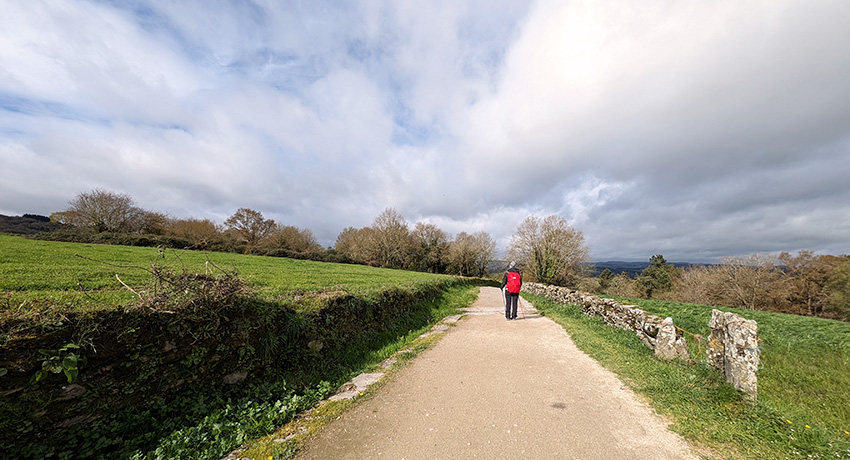
Choosing the Best Time for Your Camino
Ultimately, the best time to walk the Camino depends on your preferences for weather, solitude, and crowd levels. If you enjoy lush, green landscapes and can handle some rain, early spring and late fall are perfect choices. For those who love warm weather and bustling trails, summer offers the quintessential Camino experience, albeit with added heat. Winter is for those seeking a peaceful, introspective journey who can brave the elements.

No matter when you choose to walk, remember that weather on the Camino is an adventure in itself. Embrace the unpredictability, come prepared, and let the Camino guide you, rain or shine. After all, part of the magic of this pilgrimage lies in surrendering to the unknown and discovering that each day brings a unique experience.
Buen Camino!

